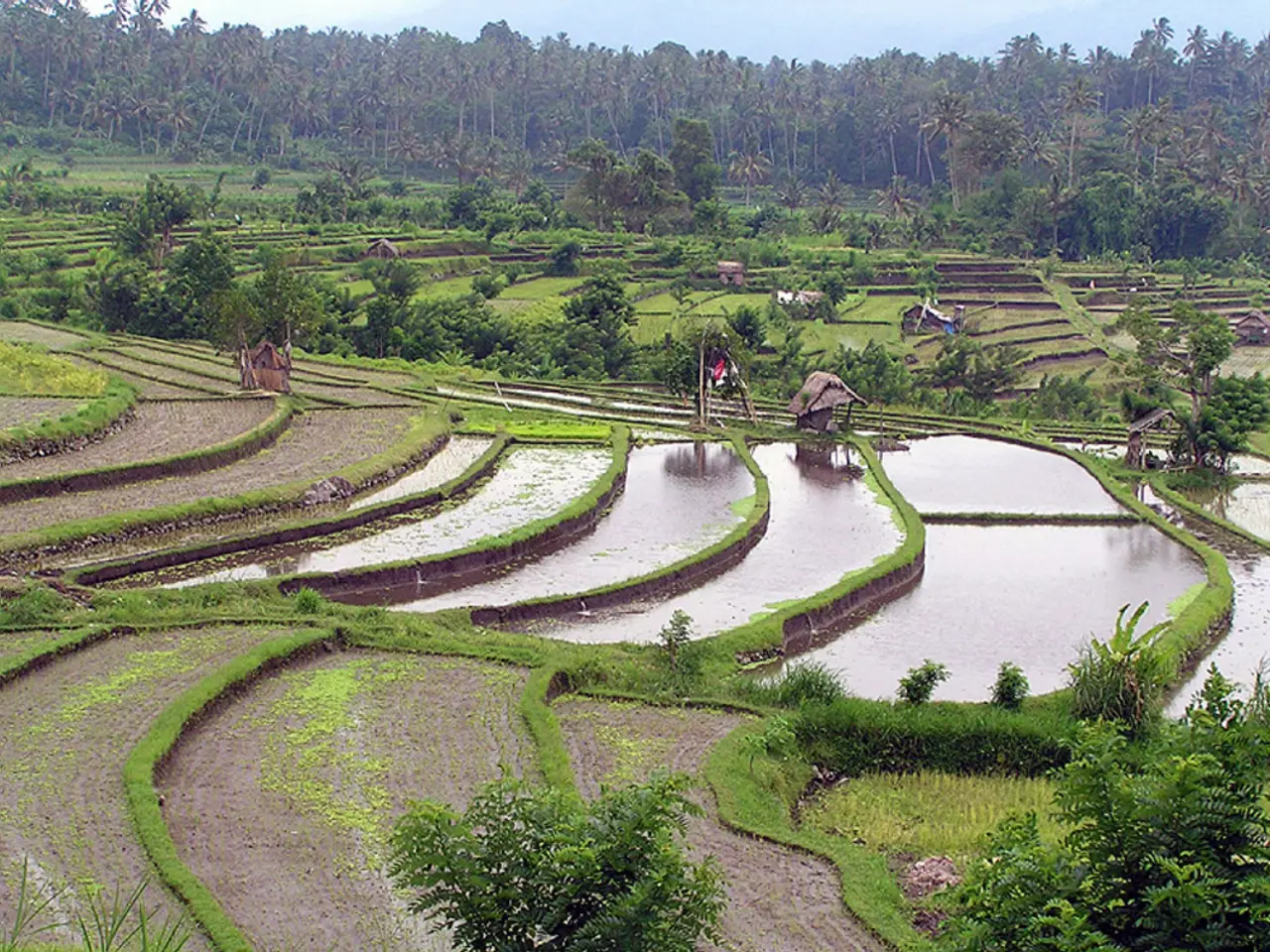Seven Methods for Including Traditional Indigenous Knowledge in Climate Change Instruction, Affirming Holistic Approaches to Learning
Indigenous communities have long been champions of sustainable practices, with traditional methods like rotational harvesting, controlled burning, water conservation through terracing, and biodiversity protection serving as effective climate solutions. This time-tested knowledge, known as traditional ecological knowledge (TEK), is now being integrated into modern climate education to create more comprehensive, relevant, and effective learning experiences.
One key method of integration is co-developing curricula that incorporate Indigenous knowledge alongside Western science. This approach emphasizes sustainability, community participation, and place-based learning from Indigenous worldviews. Teachers are also supported through culturally responsive professional development, bridging gaps in knowledge about Indigenous perspectives and helping implement new standards addressing Indigenous science.
Respecting and valuing Indigenous knowledge systems is crucial. This involves identifying knowledge that complements scientific data for wider use, while safeguarding those elements intrinsic to Indigenous cultures and not easily translated into scientific terms. Indigenous examples from communities like the Maasai, Inuit, and Adivasi are used to demonstrate adaptive strategies that can be studied and applied in climate education to highlight sustainability and resilience.
Fostering partnerships between Indigenous communities, educational institutions, scientists, and policy makers is another essential aspect of this integration. These partnerships create interdisciplinary learning experiences and inform community-relevant climate adaptation strategies.
Indigenous communities have always used outdoor spaces as primary classrooms, teaching children to read environmental signals through hands-on exploration. Traditional stories serve as educational tools to explain climate phenomena, using cultural metaphors to simplify complex concepts while maintaining scientific accuracy. Indigenous wisdom systems offer comprehensive frameworks for understanding climate patterns that extend beyond isolated data points.
Stepping outside transforms abstract climate concepts into tangible experiences that students can observe firsthand. Indigenous communities demonstrate that climate action thrives when entire groups share responsibility for environmental stewardship. This approach creates an educational environment that is more inclusive, respects Indigenous sovereignty over knowledge, and builds on the strengths of both Indigenous TEK and modern science to enhance learners’ understanding and capacity to respond to climate challenges effectively.
Indigenous elders serve as living libraries who connect traditional environmental knowledge with contemporary climate research. Soil restoration techniques, such as composting methods and companion planting strategies, build carbon-rich soils while improving crop resilience. Indigenous communities maintain sophisticated monitoring systems for centuries, tracking environmental changes such as ice formation patterns and bird migration timing. Documenting subtle environmental shifts through oral traditions, seasonal calendars, and detailed phenological observations is another vital aspect of Indigenous knowledge systems.
Indigenous communities establish sacred groves and protected areas that serve as climate refuges for vulnerable species. Scientific research increasingly confirms the accuracy of traditional environmental knowledge passed down through generations. By embracing Indigenous knowledge, we not only enrich our understanding of climate change but also foster a deeper connection with nature, promoting environmental stewardship and collective climate responsibility.
Educational institutions are incorporating Indigenous knowledge into environmental science education, creating curricula that blend traditional practices with Western science. This approach emphasizes place-based learning and incorporates Indigenous examples like the Maasai, Inuit, and Adivasi to highlight sustainability and resilience.
Furthermore, cross-collaborative partnerships between Indigenous communities, scientists, policy makers, and educational institutions are essential for creating impactful, comprehensive, and culturally relevant climate education. These collaborative learning experiences enhance both Indigenous traditional ecological knowledge (TEK) and modern science, fostering a deeper connection with nature and promoting collective climate responsibility.




